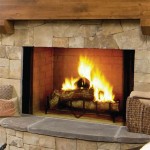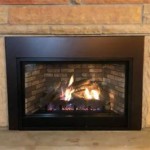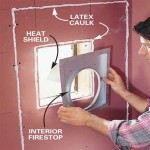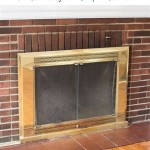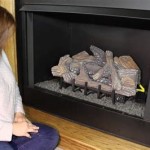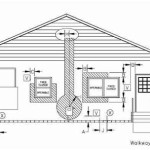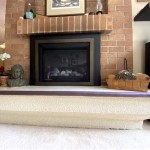Gas Fireplace Insert: Ventless vs. Vented
Incorporating a gas fireplace insert into your home can transform the ambience and heating capacity of your living space. However, the choice between a ventless and a vented gas fireplace insert can be a bit tricky, as both have their own benefits and drawbacks. Understanding the differences between these two options will help you make an informed decision based on your specific needs and the characteristics of your home.
Ventless Gas Fireplace Inserts
Ventless gas fireplace inserts offer a convenient and aesthetically pleasing way to heat your home. These inserts operate without needing a chimney or vent, allowing for installation in almost any room. Their compact design typically features a glass front, providing a stunning view of the dancing flames. Ventless gas fireplaces are fueled by natural gas or propane and produce heat through combustion. The combustion byproduct (carbon monoxide) is released directly into the room. As such, ventless fireplace inserts necessitate proper ventilation and adherence to safety guidelines.
Vented Gas Fireplace Inserts
Vented gas fireplace inserts, on the other hand, require a chimney or vent to exhaust combustion byproducts outdoors. In this case, the heat produced through combustion is channeled into the room via the vent system. Vented inserts are more energy-efficient than their ventless counterparts, as they do not release heat into the surrounding environment. However, the installation of vented inserts is more complex and requires professional intervention. The venting system needs to be adequately sized and properly installed to ensure safe and efficient operation.
Key Considerations When Choosing Between Ventless and Vented Gas Fireplace Inserts
The choice between a ventless and a vented gas fireplace insert depends on several factors, including your home's design, your heating requirements, and your budget. Below are some key considerations to guide your decision:
1. Efficiency and Heat Output
Vented gas fireplace inserts are generally more energy-efficient than ventless inserts. This is due to the venting system that directs the heat produced through combustion into your living space. They offer higher heat output, making them suitable for larger rooms or homes located in colder climates. Ventless inserts, on the other hand, tend to have a lower heat output and may not effectively heat larger rooms. However, they are still a viable option for smaller spaces or supplemental heating.
2. Installation and Cost
Ventless gas fireplace inserts are typically easier to install than vented inserts, as they do not require a chimney or vent. This results in lower installation costs. However, vented gas fireplace inserts require more complex installation, necessitating the construction of a chimney or vent system. This can significantly increase the overall installation cost. It's crucial to factor in the cost of professional installation, permits, and any necessary structural modifications.
3. Ventilation and Safety
Ventless gas fireplace inserts require adequate ventilation to ensure safe operation. They are typically equipped with an oxygen depletion sensor that automatically shuts down the fireplace if the oxygen levels fall below a safe threshold. However, proper ventilation is crucial for preventing carbon monoxide buildup. Vented gas fireplace inserts do not require as much ventilation, as the combustion byproducts are exhausted outdoors, eliminating the risk of carbon monoxide accumulation. However, proper maintenance of the venting system is essential for preventing fire hazards.
4. Aesthetics and Design
Ventless gas fireplace inserts are known for their sleek and modern designs. They often feature glass fronts that provide a beautiful view of the flames. Vented gas fireplace inserts can also come in a variety of styles, but traditional designs are more common. Ultimately, the best design for your home depends on your taste and the overall aesthetic you're trying to achieve.
In conclusion, both ventless and vented gas fireplace inserts are excellent options for adding warmth and beauty to your home. The best choice depends on your specific needs, budget, and the characteristics of your home. By carefully considering the factors outlined above, you can select the gas fireplace insert that will best meet your requirements and provide you with years of enjoyment.

Vented Vs Ventless Gas Logs What S The Difference

Are Vent Free Gas Fireplaces Safe Ventless

Vented Vs B Vent Direct Free Dixie S

Gas Fireplaces Direct Vent Vs Free Fine Homebuilding

Vented Or Ventless Gas Fireplace Which One Is Better

Vented Vs Ventless Gas Logs Woodlanddirect Com

Differences Between Ventless And Vented Fireplaces Factory Buys Direct
.aspx?strip=all)
Ventless Fireplaces Explained Safety Of Vent Free Fires

Vented Vs Ventless Gas Logs Differences How To Choose

Gas Logs Vented Or Vent Free How To Tell The Difference And Decide Which One You Need

